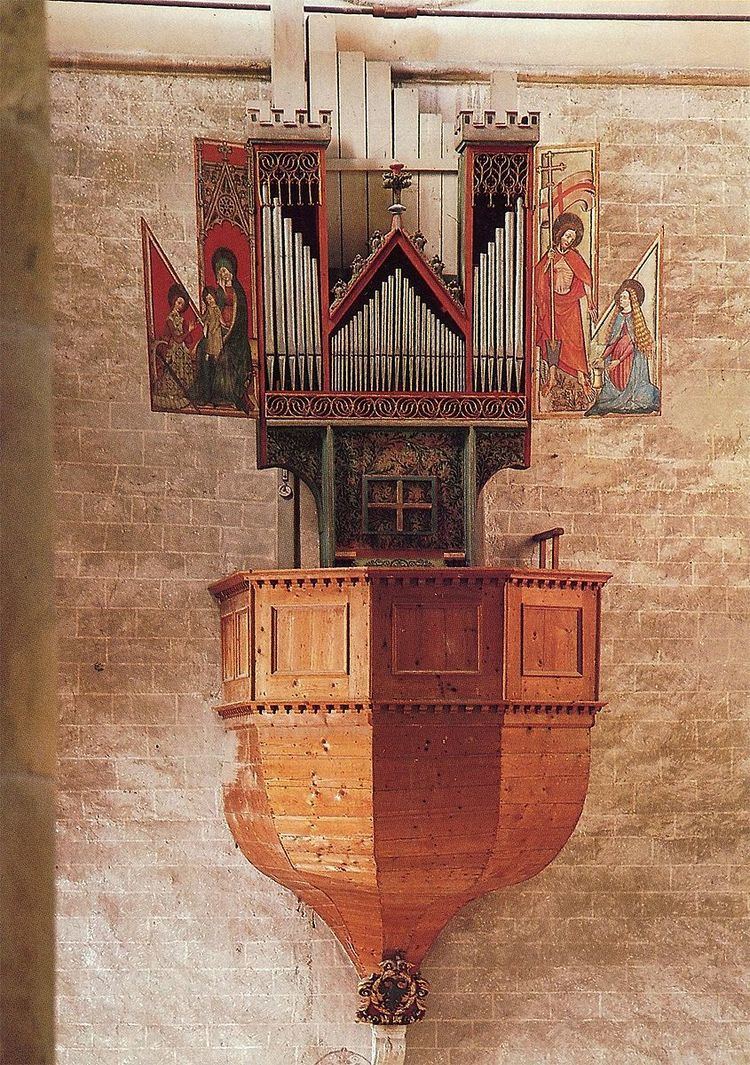 | ||
This is a list and brief description of notable pipe organs in the world, with links to corresponding articles about them.
Contents
Historic organs
Civic and concert hall organs
Church organs
Organs with notable construction methods
References
List of pipe organs Wikipedia(Text) CC BY-SA
